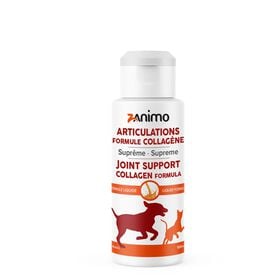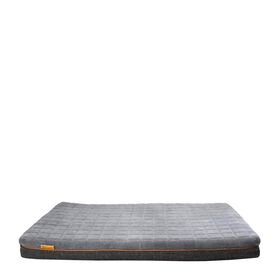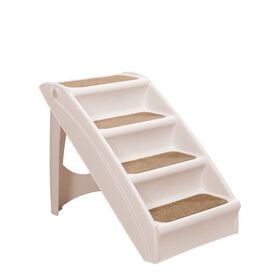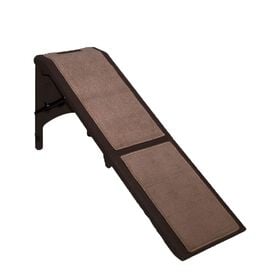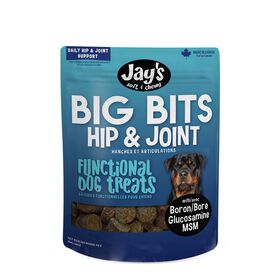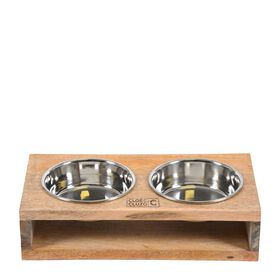
Are you familiar with animal osteopathy?
Published April 6, 2020.

Dr Valérie Trudel, m.v.
Veterinarian practicing acupuncture and osteopathy on animals, Mondou's CABEA member
Is your dog having more trouble getting up the stairs? Is your veterinarian unable to determine why your cat is vomiting so often? Are you feeling discouraged, and looking for a complement to conventional veterinary medicine? Maybe you’re just interested in promoting your pet’s overall health. You might want to consider osteopathy as a complementary medicine practice to help your pet.
People who meet with an osteopath for humans or animals for the first time often get the impression that he or she hardly did anything at all. The results, however, are usually surprising. Osteopathy is based on the principle that the body functions as a balanced system. Diseases and discomfort emerge when this balance is compromised. Dr. Andrew Taylor Still developed this branch of medicine in 1874. The aim of osteopathy was and still is to find and eliminate blockages in an effort to restore blood circulation and normal movement.
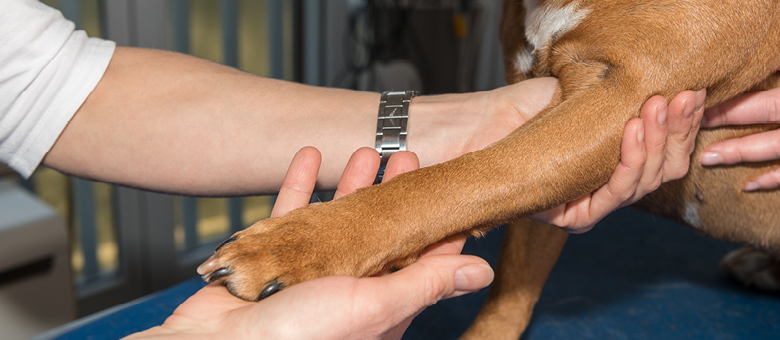
Osteopathy is a manual therapy that uses various techniques:
- Very subtle movements of the body’s soft tissue structures, including the fascia, muscles and organs, known as myofascial techniques
- Structural techniques that involve quicker and more extensive movements, generally applied to the bones, that are reminiscent of chiropractic techniques
- Depending on the type of problem, other techniques, such as PRM (primary respiratory movement), and craniosacral and visceral manipulation
In most cases, animals tolerate these manipulations well. Most of the time, they even manage to relax and fall asleep during a session.
There are several reasons to consult an osteopath. The main reason is to ensure the overall health of an animal with no known problems. Since animals are unable to express their discomfort as clearly as humans, pet owners realize that something is wrong only once the problem is well established.
Effective prevention can help avoid serious problems. Athletic, service or work dogs can benefit from osteopathic consultation, allowing them to continue performing optimally. A small imbalance can have a greater impact on these animals, as their owners will readily notice. A treatment can often have a rejuvenating effect on animals experiencing arthrosis or stiffness.
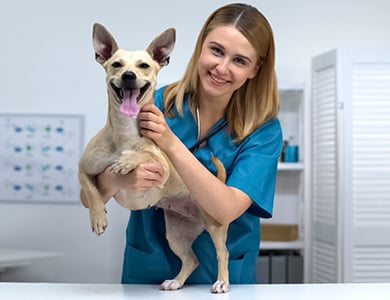
Other reasons to consult include digestive problems, limps and pain. Normally, osteopathy produces rapid results, which are generally observed after the first treatment. It is possible to quickly determine whether an animal’s condition can be alleviated, or even corrected, with osteopathic treatments. The frequency and number of sessions vary according to the condition.
In Quebec, only veterinarians can practise osteopathy on animals. You can therefore consult with peace of mind. If osteopathy is not the right solution for your pet, your veterinarian will be able to refer you to other resources.
Are you curious about trying osteopathy? Visit the AVMAC (association of veterinarians in alternative and complementary medicine) website at avmac.org, which provides a list of some of the veterinarians who practise alternative medicine in Quebec.
